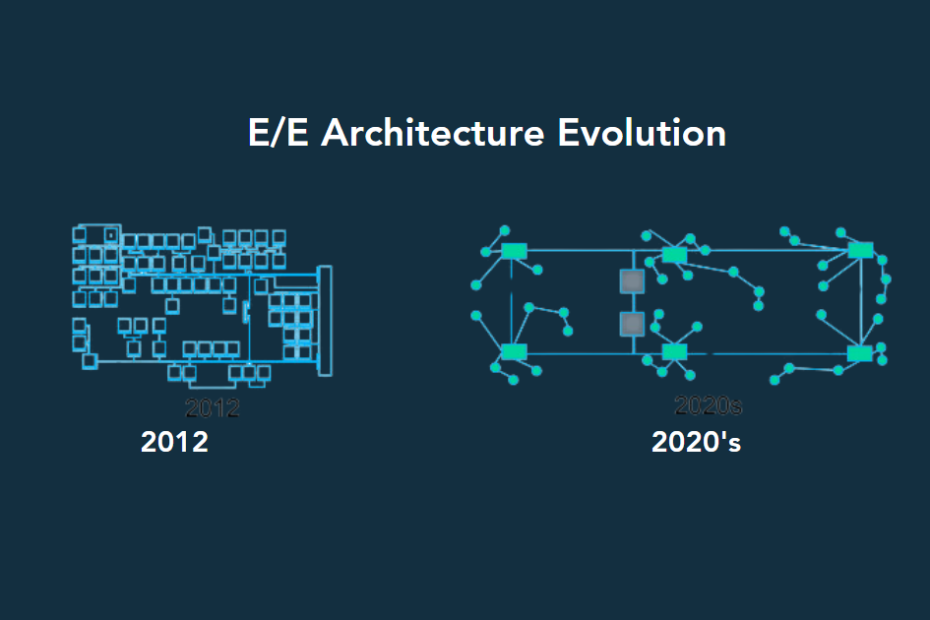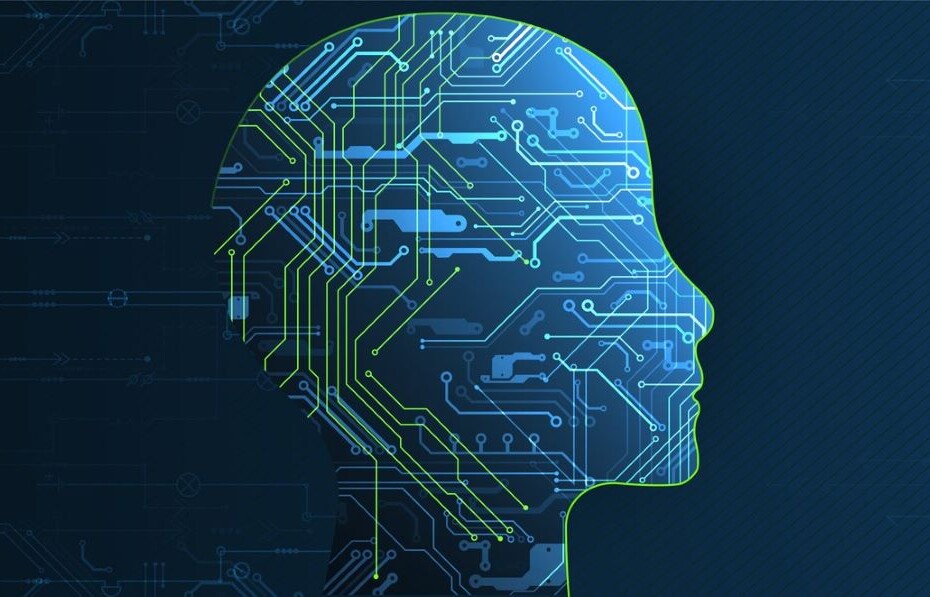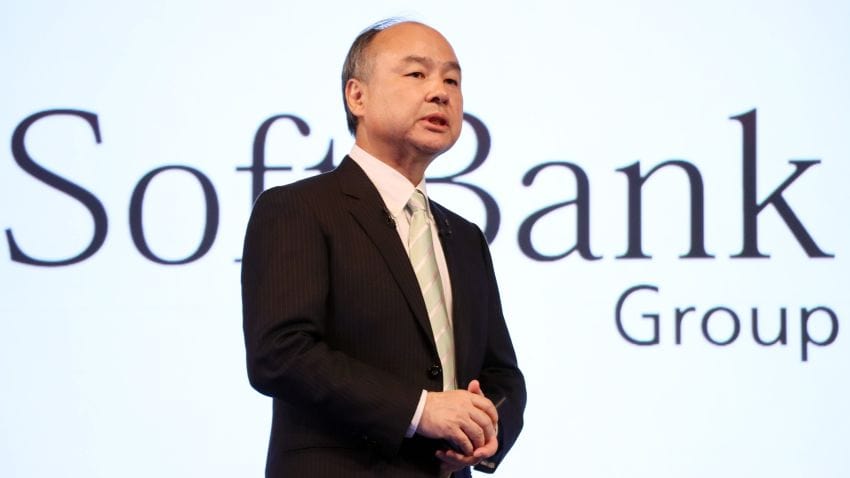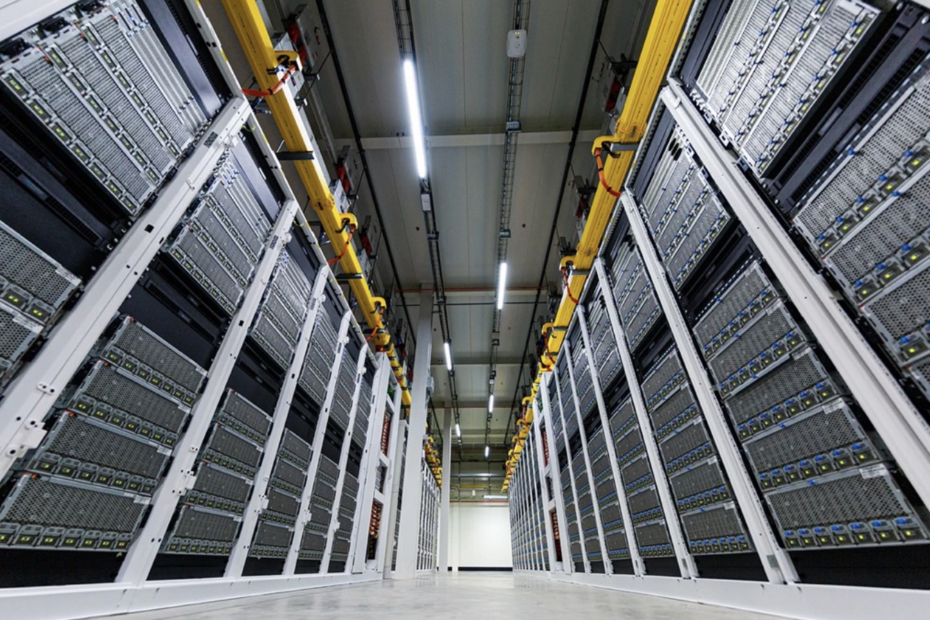The SDV and Its Unintended Challenges
The software-defined vehicle (SDV) is “all the rage,” if you are to believe press-release headlines and media coverage (including this publication).
A voice of prudence is Phil Koopman, professor at Carnegie Mellon University, who recently published an article, “Architectural Coupling Killed the Software Defined Vehicle” on his Substack newsletter.
Despite its provocative headline, Koopman writes, “I don’t think the SDV is actually dead.”
However, as carmakers stampede toward the SDV cliff, Koopman warns that they might be throwing together vehicle architectures that inevitably become too complex to manage.
Read More »The SDV and Its Unintended Challenges









